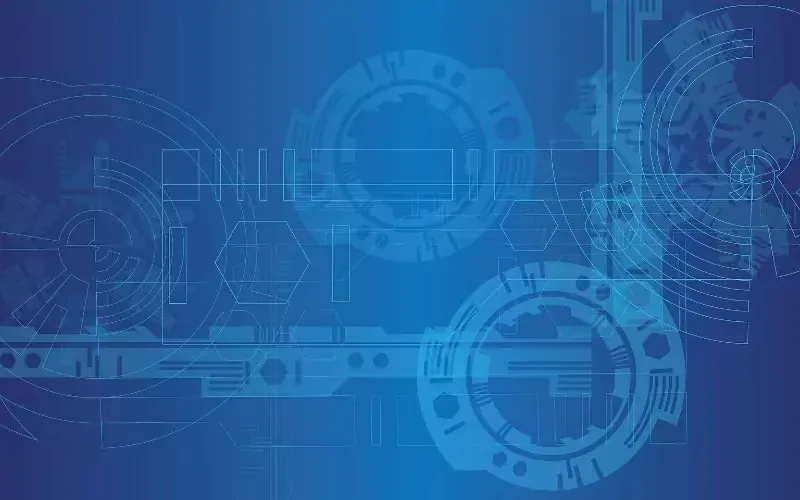The construction industry stands at a crossroads with the emergence of Industry 4.0, poised to transform traditional practices. The integration of automation and advanced technologies suggests that up to a third of jobs could be at risk. To thrive, the industry must adapt by embracing new technologies and focusing on workforce development.
The Impact of Industry 4.0 on Construction
The advent of Industry 4.0 brings forth a significant shift in the construction sector, presenting both opportunities and challenges. With the integration of technologies like cloud computing and the Internet of Things (IoT), construction processes are poised for transformation. Automation promises enhanced efficiency but also heralds the displacement of numerous jobs, reflecting a broader industrial paradigm shift.
Mace’s latest research provides a stark forecast, suggesting that over 600,000 construction jobs could be affected by automation within the next two decades. This projection is rooted in a comprehensive analysis of current industry practices and the increasing role of advanced technologies. The need for the construction industry to adapt to these changes is imperative, requiring strategic planning and implementation.
The push towards automation is not solely a threat but also an invitation to innovate. By re-skilling the current workforce and introducing tech-savvy practices, the industry can harness these technologies to close existing gaps in productivity. Digital skills development will be crucial to navigating this transition effectively.
Reskilling for the Future
To mitigate the potential job losses predicted by Industry 4.0’s rise, Mace emphasises the urgent need for an industry-wide re-skilling initiative. Traditional training methods must evolve to incorporate modern technologies and approaches, ensuring that the workforce remains relevant and competitive.
The report by Mace recommends accelerating the adoption of technology within training programmes. This includes the integration of virtual reality and other immersive tools to revolutionise traditional apprenticeships, thereby making them more aligned with the needs of a future-proof construction sector.
Mark Reynolds, CEO of Mace, states, “Everyone now acknowledges the current skills shortages need to be addressed.” This recognition underscores the collaborative effort required from both the government and businesses to facilitate effective re-skilling and worker redeployment strategies.
The Role of Government and Industry Collaboration
Collaboration between the government and the construction industry is highlighted as pivotal in navigating the impact of automation. Government policies can play a central role in creating pathways for workers displaced by technological advancements.
Efforts to foster this collaboration could involve incentives for companies that invest in employee training and re-skilling programmes. Such initiatives would not only benefit the workers but also ensure the industry thrives amidst technological change.
Steve Gillingham, a director at Mace, asserts, “While the prospect of automation could cause alarm for some workers, it is important that government and businesses work together to find solutions.” This collaborative approach is essential for maximising value from technological innovations while minimising workforce disruption.
Technological Innovations Driving Change
Technological innovations are at the core of Industry 4.0, driving unprecedented changes across sectors, including construction. Technologies such as autonomous vehicles and robotics are set to redefine job roles and construction methodologies.
The construction sector stands on the brink of a new era where technological adoption is not optional but a necessity. To remain competitive and address the looming skills gap, it’s essential to embrace these innovations proactively.
Mace’s report highlights how these technologies not only boost productivity but can also help address the significant skills shortages, particularly in regions such as the north of England. As automation becomes more prevalent, job roles will naturally evolve to meet the demands of this new landscape.
Embracing a New Industrial Revolution
The concept of embracing a new industrial revolution involves recognising the potential benefits that technological advancements bring. Companies that adapt and innovate are more likely to succeed in a rapidly transforming landscape.
Mace’s report articulates the necessity for the construction sector to not only accept but actively integrate these advancements. It is vital for the industry to be at the forefront of this digital transformation to remain viable.
By fostering an environment that encourages continuous learning and adaptation, the construction industry can mitigate the risks associated with job displacement. This proactive stance will be key to unlocking the economic potential of Industry 4.0 technologies.
The Skills Gap Challenge
The skills gap challenge is one of the most pressing issues highlighted by the emergence of Industry 4.0. Addressing this gap involves comprehensive strategies and concerted efforts across the industry.
A transformative approach to education and training is needed, emphasising the value of acquiring new digital skills required by modern technologies. This shift is critical to bridging the existing skills gap.
Implementing these strategies requires a commitment to innovation within educational frameworks, focusing on equipping workers with the skills necessary to thrive amidst ongoing technological changes.
The Path Forward
The path forward for the construction industry involves a strategic embrace of technological innovation coupled with effective workforce development. This dual approach is essential for overcoming the challenges posed by Industry 4.0.
The advent of Industry 4.0 presents both opportunities and challenges for the construction sector. By strategically embracing new technologies and focusing on re-skilling, the industry can navigate this transition effectively. Collaboration between government and industry will be key in ensuring that the potential benefits of automation are fully realised while minimising disruption to the workforce.

